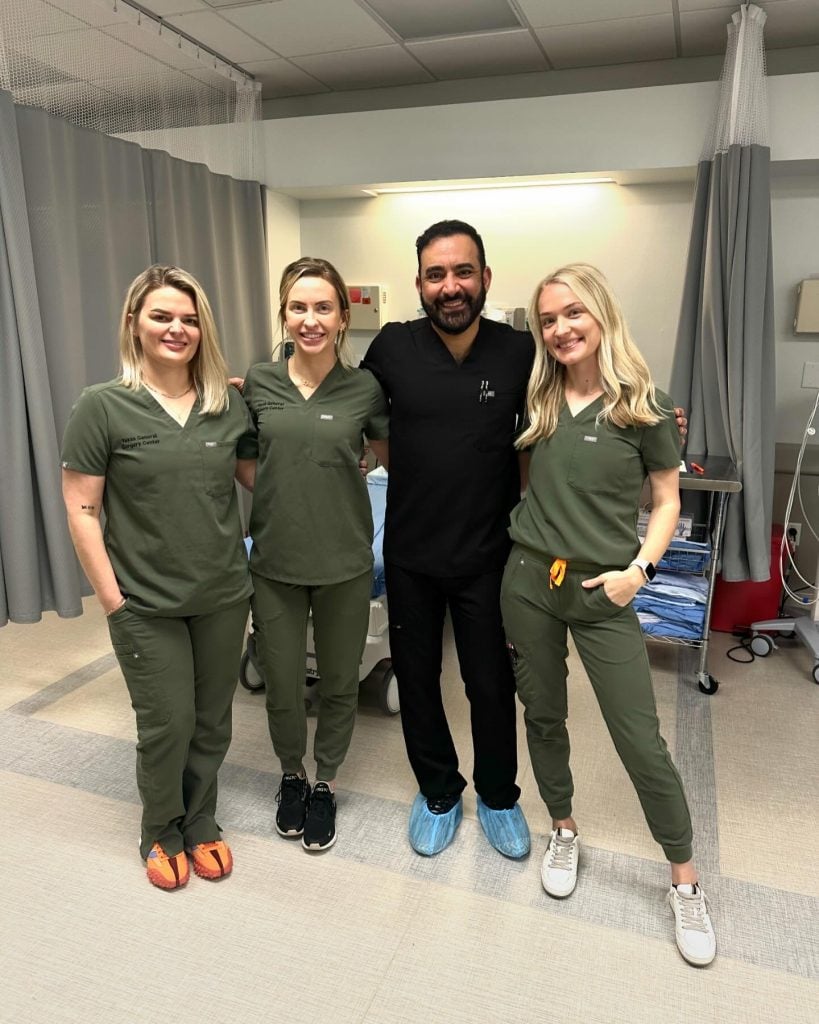If you’ve ever stepped out of your car after a long drive feeling stiff or sore, you’re not alone. Lower back pain from driving is one of the most common complaints among commuters, truck drivers, and anyone who spends hours behind the wheel. The good news? A few ergonomic car seat adjustments can make a big difference in how your back feels during and after your drive.
Why Driving Causes Lower Back Pain
When you sit for long periods—especially in a car—your spine endures constant vibration and limited movement. Over time, this can strain the muscles, joints, and discs in your lower back. Poor posture, inadequate lumbar support, or improper seat setup all increase the risk of pain.
“Many patients come to us with pain that starts after long drives,” explains Dr. Ghalambor, internist and anesthesiologist at NorTex Spine & Joint Institute. “It’s not just about sitting too long—it’s about sitting the wrong way.”
The Best Car Seat Adjustments for Back Pain Relief
Here’s how to fine-tune your driving posture and reduce back pain on the road:
1. Adjust Your Seat Angle
- Keep your seat reclined slightly at about a 100–110° angle to reduce spinal pressure.
- Avoid sitting fully upright or slouching, as both put stress on your lower back.
2. Set the Right Seat Height
- Your hips should be at the same level as or slightly higher than your knees.
- If your seat is too low, it tilts your pelvis backward and increases lower back strain.
3. Adjust the Seat Depth
- You should have about two fingers of space between the back of your knees and the seat edge.
- This allows better circulation and prevents pressure on your legs.
4. Support Your Lumbar Curve
- Most vehicles have built-in lumbar support for drivers, but it’s often not set correctly.
- Adjust it so it fits the natural inward curve of your lower spine.
- If your car doesn’t have lumbar adjustment, use a posture support cushion for cars or a rolled-up towel.
5. Fine-Tune Your Steering Wheel Position
- The wheel should be within easy reach, so your elbows stay slightly bent (around 120°).
- Pulling the wheel too close or sitting too far can strain your shoulders and back.
6. Keep Both Feet Supported
- When driving automatic cars, your left foot often rests flat. Make sure it’s on a footrest or flat surface to stabilize your hips.
7. Use Cruise Control When Possible
- This allows your legs to relax and shift position occasionally, reducing stiffness and fatigue.
Smart Driving Habits to Protect Your Back
Even with the best ergonomic car seat setup, your body still needs movement. Try these habits for long drives:
- Take a break every hour: Get out, stretch, and walk for a few minutes.
- Engage your core: Lightly tighten your abdominal muscles while driving to support your spine.
- Use heating or massage features: Gentle warmth can improve circulation and relax tense muscles.
- Stay hydrated: Dehydration can increase muscle tightness and cramping.
When to See a Specialist
If you notice persistent back pain relief while driving that doesn’t improve with posture correction, it might be time to consult a professional. Chronic lower back pain from driving could indicate deeper issues like joint inflammation, disc problems, or muscle imbalance.
Dr. Ghalambor notes, “Many people assume driving pain is just part of getting older or working long hours. But with proper evaluation, we often find treatable causes—and patients feel significantly better with personalized physical therapy or interventional pain management.”
At NorTex Spine & Joint Institute, patients have access to advanced diagnostic tools and treatments, including chiropractic treatment for driving back pain, physical therapy for driver’s back pain, and tailored posture correction programs.
Practical Tools That Help
If you’re driving daily, consider investing in ergonomic aids:
- Memory foam lumbar cushions for adjustable support
- Seat wedges to elevate your hips
- Neck pillows to reduce strain during long commutes
- Portable massagers or heated cushions for comfort on longer trips
Takeaway
Driving shouldn’t hurt your back. Small seat adjustments and smart posture habits can make every trip more comfortable. But if pain persists, it’s worth talking to a back pain specialist near you who can assess your condition and recommend the right care plan.
Transparency Statement: While NorTex Spine & Joint provides specialized care, many reputable clinics offer similar treatments. Always seek multiple opinions before deciding on treatment.
Expert insight provided by Dr. Ghalambor, an internist and anesthesiologist with fellowship training in interventional pain management from Massachusetts General Hospital, Harvard Medical School. He holds subspecialty certification in pain management from the American Board of Anesthesiologists and is a Fellow of the World Institute of Pain.
Additional Resources:
https://www.mayoclinichealthsystem.org/hometown-health/speaking-of-health/7-common-low-back-pain-faq
https://www.webmd.com/back-pain/what-helps-with-lower-back-pain







